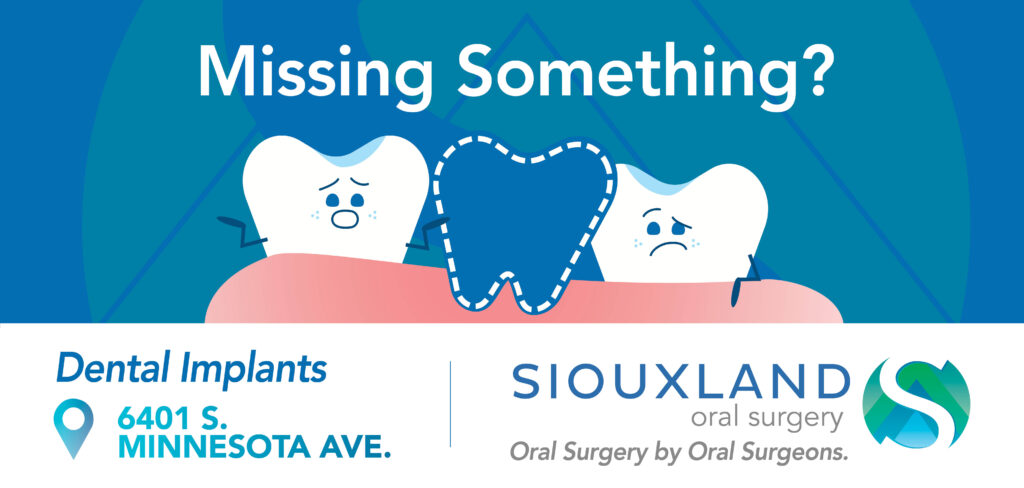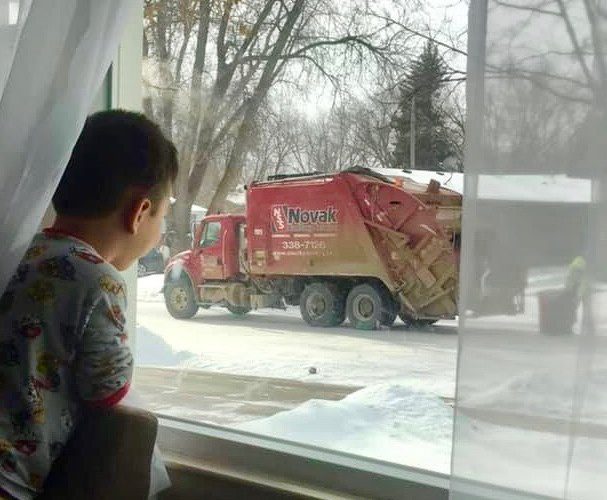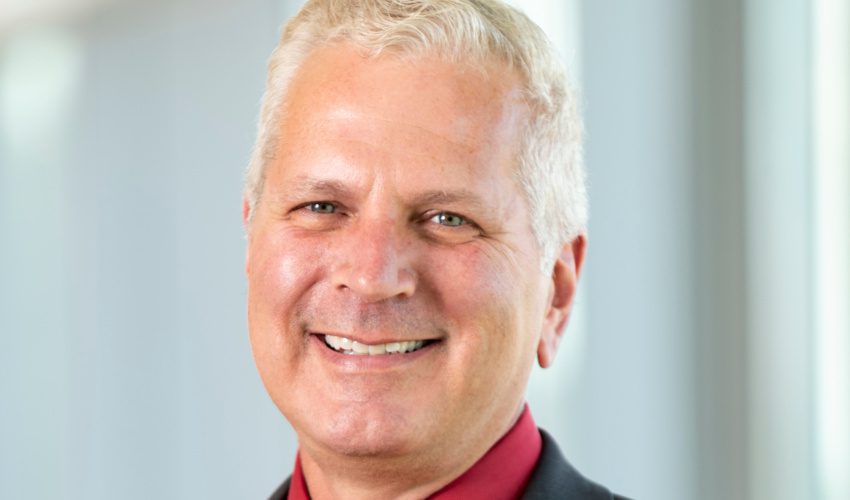Their braces are off, but are teeth missing? Here are some options
This paid piece is sponsored by Siouxland Oral Surgery: Oral Surgery By Oral Surgeons.
Today we will talk about orthodontic braces, spaces and dental implant replaces — grammatically incorrect, but it finishes the rhyme!
At Siouxland Oral Surgery, we see a lot of adults and teenagers who are missing a tooth and thus need a dental implant replacement. We evaluate you for the surgical phase, and your dentist evaluates you for the dental phase. What follows are some things to consider for the surgical phase, when you come into our office for the evaluation and what we are looking for.
For many parents whose kids are undergoing orthodontic treatment to realign or straighten teeth, the problem of missing teeth often comes up. It can be one, two or even multiple teeth that are missing. More than a few decades ago, “having braces” as a kid came with psychosocial stigma. The specialty of orthodontics has in large part been able to overcome this and has normalized braces for kids. That is definitely a good thing.
Now, the focus is primarily on the kids who are teenagers and missing one, two or multiple teeth. Everyone understands that permanent replacements can’t be provided until after the orthodontic treatment is completed, but what happens when orthodontics is finished at age 15 and the child and parents want a dental implant replacement?
At this age, the face is still growing downward and forward, and the natural teeth come with the face going downward and forward as well. This in turn increases the height of the bone that holds the teeth. Implants unfortunately don’t follow this pattern. Implants are ankylosed, or bonded, to the bone, unlike teeth that are tethered to the bone by a ligament. You would think that the implants get carried along with the bone as it grows, but they don’t. That is because it is the teeth themselves with their ligament that stimulates that part of the bone that holds the teeth to grow downward and forward. The basal bone of the face also grows downward and forward, but it is the effect of the alveolar bone, the bone that holds the teeth, that has the most noticeable effect.
So if you put dental implants into the growing face, the implants get left behind as the face continues to grow. In most people, noticeable facial bone growth stops around age 17 or 18. Even though this is considered the norm, a small but significant group of young adults have facial growth into their 20s.
So the ideal time frame to place a dental implant in teenagers is around 17 or 18 years of age. If you really want to be certain the patient is ready, then you complete two CT scan evaluations a year apart. Then by using these scans, it can be determined if there is an interval change between them. If there is no change, then significant facial growth has stopped.
The other consideration is the amount of space that is available to place a dental implant. The magic number is 7 mm. You need at least 7 mm of space in order to place a standard implant. There are smaller sizes, but then you get into some special situations and techniques. The recognized gold standard is 7 mm.
As for placement, remember that teeth are three dimensional: They have height, width and depth, and they also are arranged on a curve, especially in the anterior dentition. Simple geometry shows us that the outer curve is longer than the inner curve. So if you measure the space where you are missing a tooth at 7 mm along the outer curve — the surface of the teeth that touch the lip — then you will have less than 7 mm on the inner curve, and it’s closer to the inner curve where we place the dental implants.
Lastly, if the reason why there is a vacant space is because the tooth never developed, then there is usually a deficiency of tissue — bone and gingiva — to hold the dental implant. This likely will indicate that bone grafting and sometimes soft tissue grafting will be needed to complete the treatment.
So there are at least three parts to evaluating teenagers for dental implant placement: facial growth, adequate space and adequate bone/gingiva. Accordingly, before the braces come off, that is a good time to come into our office for an evaluation and CT scan to determine if there is adequate space, bone and gingival tissue. If there is not, then we can have a conversation with your orthodontist about moving the remaining teeth so that we do have adequate space. We’d also get the ample opportunity to evaluate the implant site for bone volume to ensure there is enough bone to place the implant.
In some rare cases, the orthodontist can even move teeth into and out of the space, and surprisingly the bone and soft issue will follow. It’s a longer process, and there is some risk to the teeth that are moved. Notwithstanding, orthodontically moving teeth to create bone is one way of preparing the site for a dental implant and possibly avoiding the scenario of future grafting.
These are all surgical considerations to keep in mind for this topic. So if you or a family member currently is going through this process, please consider coming in and being evaluated by us. The consult and the CT scan are free, and we can get you properly started on the correct surgical path.
As university residency trained oral surgeons, our surgical skill set and “toolkit” is a lot larger and obviously much more comprehensive than training via weekend continuing education credits. Our residency programs are historically established, universally recognized and consist of many years of true specialty training and vetting. We can talk about all your options and discuss which are good, bad or indifferent.
We look forward to meeting you!










